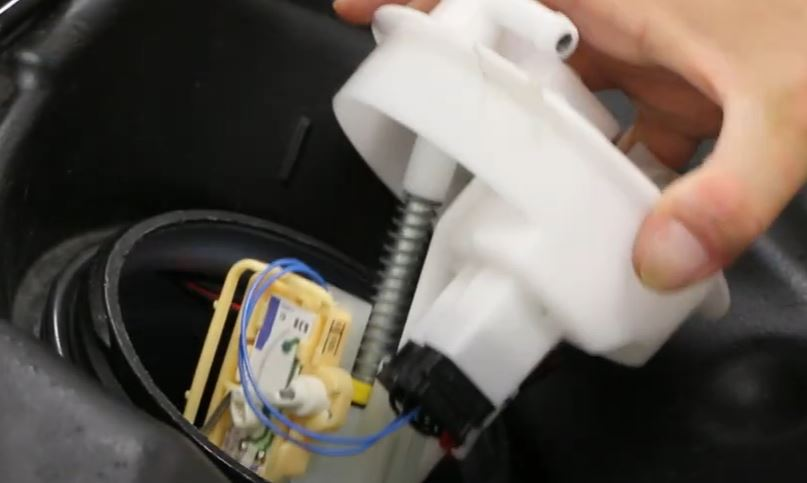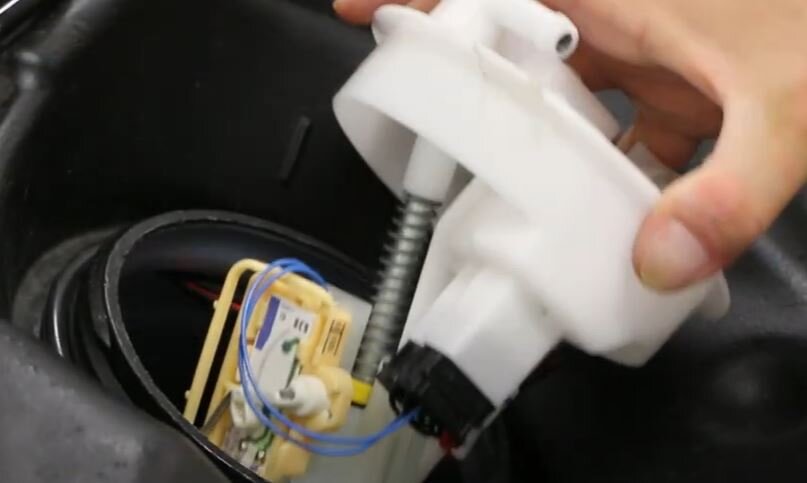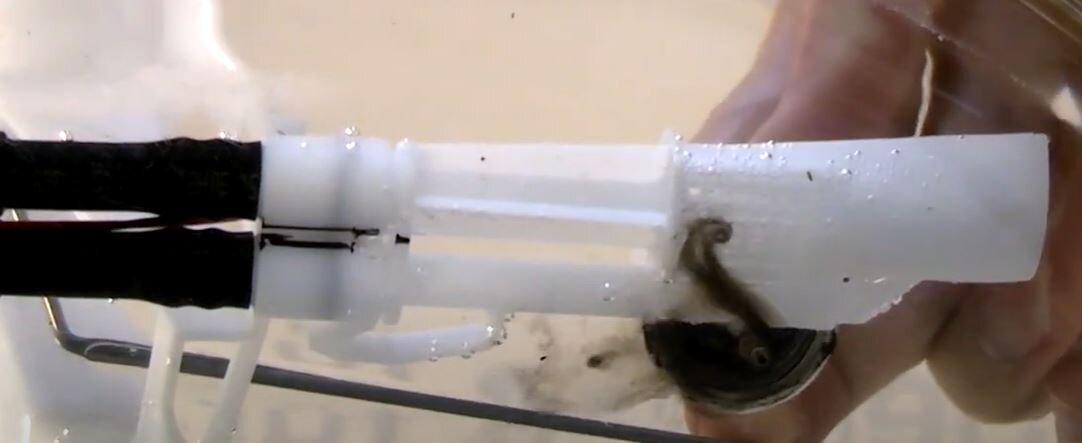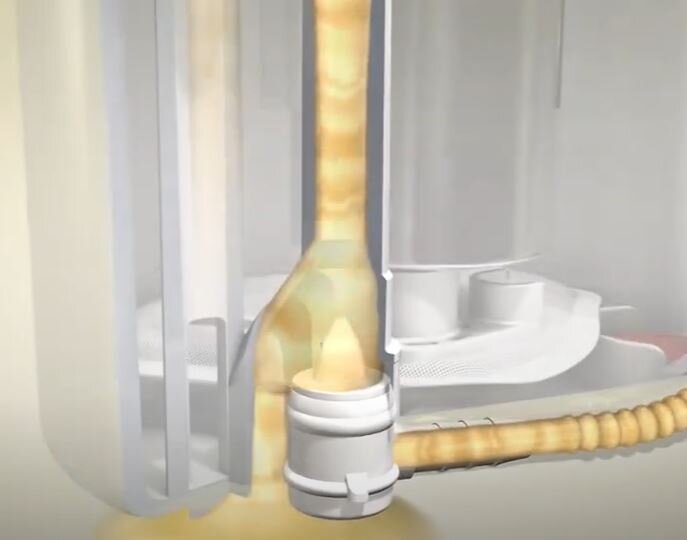
How suction jet pumps in the vehicle tank work
Information on diagnostics
Suction jet pumps ensure fuel feed in modern vehicles is efficient, even from hard-to-reach areas of the tank. They use the principles of flow mechanics to transport fuel without an independent energy source.
This prevents the main pump from running dry and ensures an even supply to the engine. However, defects in the suction jet pump can lead to malfunctions and incorrect tank indicators. Regular maintenance is therefore essential to ensure the smooth operation of the fuel system.
In modern vehicles, the saddle tank is a widely used type of design. This type of tank often consists of two halves; with one side equipped with a fuel delivery module containing an electric tank pump. But how is the fuel removed from the other half of the tank if there is no separate pump there? This is where the suction jet pump comes into play. It allows the fuel to be pumped from the remote areas of the fuel tank.
How does a suction jet pump work?
The suction jet pump works according to the principles of flow mechanics, in particular the Venturi and Bernoulli effect. This technique uses the suction of the flowing fuel to pump liquid from other areas of the fuel tank. This is done without a separate mechanical or electric drive. Instead, the power of the fuel flowing through the fuel lines and the supply and return lines is used to deliver fuel from the farthest areas of the plastic tank.
The flow mechanism and how it is used in the tank
When the fuel flows through a narrow point in a hose or line, the flow is accelerated while the pressure decreases. This pressure difference creates a vacuum that causes fuel to be drawn into the line from adjacent areas by means of suction. This principle can be seen if a fuel pump is placed in a water bath and dye is added to allow the suction effect to be visually monitored.


Types of suction jet pumps
There are different versions of suction jet pumps that have been specially developed for the fuel tank of a vehicle. These pumps are able to extract the contents of the tank from difficult-to-reach corners of the tank, such as the surge tank. In many fuel delivery modules, there is also a small, integrated suction jet pump, which ensures that fuel always enters the reservoir of the module. This ensures that the fuel level in the reservoir is always higher than in the tank itself, preventing the electric pump from running dry and causing damage.
The role of the suction jet pump in the fuel supply system
The suction jet pump plays an important role in ensuring reliable fuel supply to the vehicle, particularly in vehicles with sheet metal tanks or plastic tanks, which have different requirements for the fuel lines. This technology counteracts fluctuations in the remaining range of the tank, as the fuel can be drawn from the entire tank volume. Errors and defects in the suction jet pump can lead to problems with fuel feed and negatively affect engine performance. In these cases, the fuel level in the tank may be displayed incorrectly, resulting in an inaccurate tank indicator.

Integration into modern vehicles
The suction jet pump is an indispensable component in modern vehicles that helps to extract fuel even when it has accumulated in the half of the tank that is difficult to access directly. These pumps are very important for the fuel supply, especially when the ignition is switched on and the vehicle is pumping to transport the fuel to the engine.
A problem with the suction jet pump or the associated fuel lines can result in significant traction problems, as the faults can prevent the correct fuel supply. In this case, it is advisable to check the system for defects, especially the non-return valve and the pump itself, to ensure that no air enters the fuel circuit and impairs function.
Summary
Suction jet pumps are crucial components in the fuel supply of modern vehicles. They ensure that the fuel is delivered from all areas of the tank, even from hard-to-reach corners such as the surge tank. How they work is based on the physical principles of flow mechanics, which means that the pump does not have its own energy source. However, a faulty system can lead to an incorrect tank indicator and fuel supply problems. That is why the suction jet pump should be regularly serviced and checked if necessary to ensure a reliable fuel supply.
Video - How the suction jet pump in the fuel tank works
We need your consent to load the YouTube service!
In order to play YouTube videos, a connection to YouTube must be established. This will also entail data processing and cookie usage by YouTube/Google (possibly also out of the USA). By clicking "Accept", you consent to this data processing and the placing of YouTube cookies on your terminal device. Your selection will be saved for future visits to this website. You may find further information under "More" and in our Data Protection Information.
Product groups
This might also interest you
